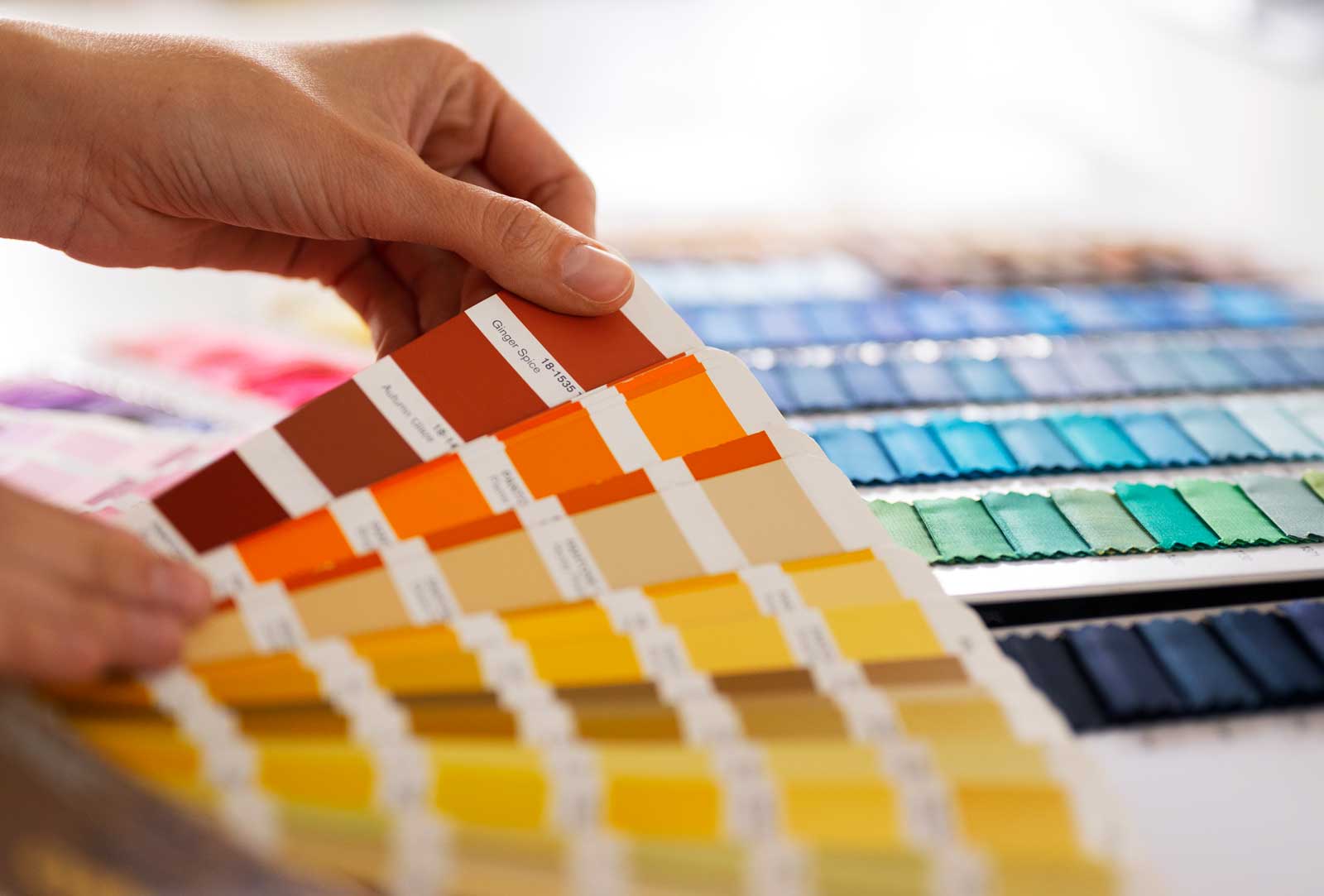Printing in packaging is a critical step in the production of various packaging materials, including labels, boxes, pouches, and more. The printing process involves transferring graphics, text, and other design elements onto packaging materials to create the final product. Here are some key aspects of printing in packaging:
- Printing Methods: There are several printing methods used in packaging, each with its advantages and suitability for specific applications. Common printing methods include:
- Flexography: Ideal for large print runs, especially for labels and flexible packaging.
- Offset Printing: Known for its high-quality print and is often used for folding cartons and paperboard packaging.
- Digital Printing: Offers flexibility for short print runs and customization, becoming increasingly popular.
- Gravure Printing: Common for high-volume production, such as magazines and flexible packaging.
- Screen Printing: Used for specialized applications and special effects on packaging.
- Color Management: Accurate color reproduction is crucial in packaging to maintain brand consistency. Color management processes ensure that printed colors match the intended design.
- Prepress: As mentioned earlier, the prepress stage involves preparing the design files, color profiles, and printing plates to ensure the final output meets quality standards.
- Printing on Various Materials: Packaging materials can vary widely, from paper and cardboard to plastics and metal. Printing processes need to be adapted to suit the characteristics of the material.
- Ink Selection: Different inks are used in packaging, including water-based, solvent-based, and UV-curable inks. The choice of ink depends on the material and printing method.
- Label Printing: Label printing is a specialized area of packaging. Labels are used on various products, including bottles, jars, and packaging boxes. Label printing often requires high-resolution and high-quality graphics.
- Flexible Packaging Printing: Flexible packaging, such as pouches and bags, often involves a combination of printing methods to achieve the desired result. It may include both flexographic and digital printing.
- Barcoding and Serialization: Many packaging materials include barcodes and serial numbers for tracking and traceability. These elements are typically printed during the packaging process.
- Sustainability: Sustainable printing practices are increasingly important in packaging. Water-based inks, eco-friendly substrates, and waste reduction measures are being adopted to reduce the environmental impact of printing.
- Quality Control: Quality control processes are essential to ensure that printed packaging materials meet design specifications, color accuracy, and other quality standards.
Printing in packaging is a complex and diverse field, and it plays a crucial role in product presentation, brand identity, and consumer appeal. Advances in printing technologies continue to drive innovation in the packaging industry.

Comments are closed.